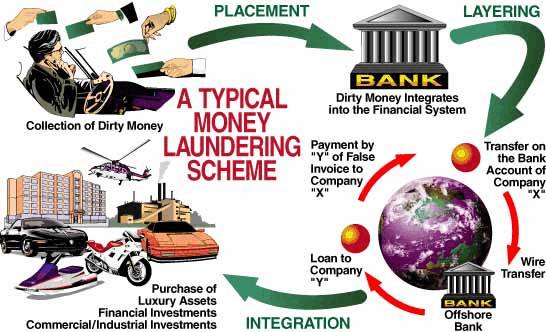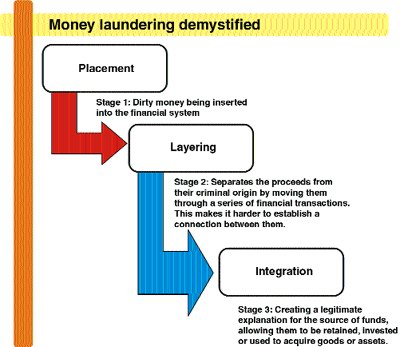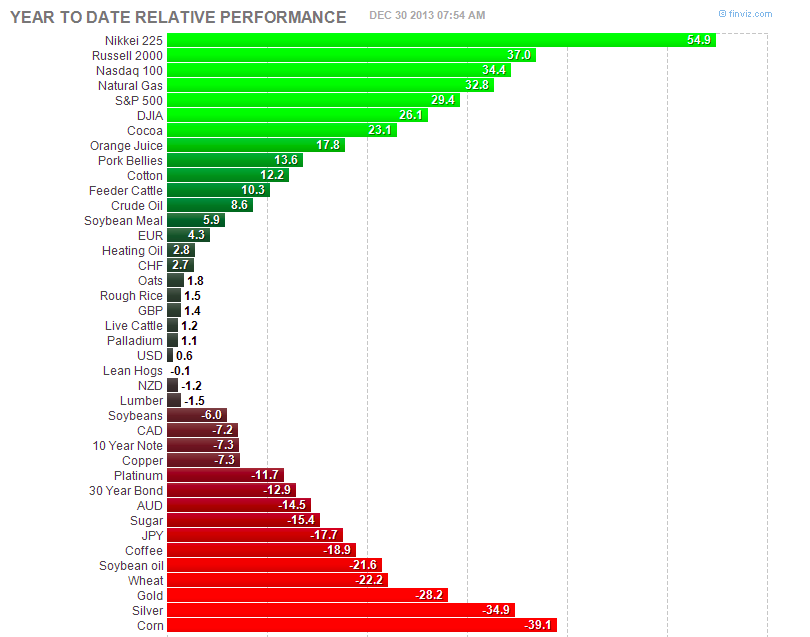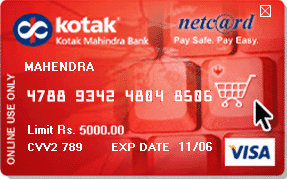The proposal by the RBI and the Indian finance ministry to accept new
banking license applications had shown some hue and cry from firms all
over India. But it soon subsided as the new stringent regulations set up
by RBI were scrutinized by them. A total of 26 applications were
accepted by the RBI before the deadline and many of them were from
surprisingly unknown firms like Value Industries, SREI Infrastructure
Finance, and Janalakshmi Financial Services etc.
Why there is less number of new Banking License applicants?
• The need to keep 23% statutory liquidity ratio or SLR right from the day 1 of starting the bank.
RBI aims to keep the safety net around it by keeping the banks as
close to it by the 23% compulsory government bonds. Another necessity is
the regulation to keep a portion of the deposits of the bank with the
RBI. This 3% cash reserve ratio or CRR from the day 1 makes another hole
in the pockets of the banks.
On the whole, a total of 26% of the total capital will at all times be unavailable for the banks to utilize.
To add to the woes, the new banks will have to take into account the
priority sector loans that will be hard to achieve. Of course, the
reasons why new banking licenses are incorporated is associated with the
need to expand the idea of financial inclusion ( Bank account for every
Indian). But forcing the new banking applicants to keep up with these
strict regulation right from the day of the starting seems to be primary
reason for the lesser number of applications.
Of the 26 new applications received, how many will get the license
can never ever be predicted. In 1993 10 licenses were given, in 2003
only 2. So let us look at a list of the top 10 firms that may hold the
chance to win the opportunity.
Top 10 new Banking License applicants
1. Aditya Birla Financial Services Private (ABFSPL)
Aditya Birla Financial Services Private (ABFSPL) of Sri
Kumaramangalam Birla is one of the top applicants to the open a new
bank. With enough experience as an NBFC and with their insurance tie up
(Birla Sun Life Insurance), Aditya Birla Financial Services Private
holds a good chance to make it big in the Indian banking. Barring the
controversy regarding the position of Sri Kumaramangalam Birla on the
RBI board as a conflict of interest, Aditya Birla Financial Services
Private may cross the line.
2. Bajaj Finance
Bajaj Finserv easily seems to be the frontrunner for the banking
license with a good foothold in the Indian market. While many of the
finance firms were unwilling to convert their finance companies to banks
fearing the RBI regulations, Bajaj Finance accepted the norms. Backed
by a well established finance house, they have the high chances to cross
the line.
3. Edelweiss Financial Services (EDEL.NS)
The less talked about Finance company based in Mumbai surprised many
by the new banking license application Some time back, Edelweiss
Financial Services had joined hand with Tokio Marine to setup an
insurance tie up called Edelweiss Tokio which has been creating some
interest in the insurance segment. Further a tie up with Catholic Syrian
Bank as the Bancassurance partner launched them. . Chairman and CEO
Rashesh Shah was clear cut in his plans to make it to the banking sector
and as the black horse of the new banking license applicants, Edelweiss
Financial Services may cross the line.
4. India Post
Converting every post office in India, to a bank branch will be a
logical step to the financial inclusion. And most importantly, the post
offices already have various savings schemes within their limits already
to showcase their financial experience. India post really needs this
boost to get themselves back to their glory. Perhaps India Post is the
perfect banking license applicant who can keep up with the regulations
of priority sector lending and financial incision properly.
5. Reliance Capital
Backed by Sri Anil Dhirubhai Ambani as the chairman, Reliance Capital
had forayed into every finance sector to meet up with the demands of
the market. Now with the new banking licenses being granted, Reliance
Capital will be keeping their heads high to cross the line banking on
their credibility and experience.
6. Muthoot Finance
The NBFC that has over-dependence on the gold loans sector has
applied for the license too. The success of the Muthoot finance had been
fast and no wonder the banking license aspirations had bitten them too.
With Sri M G George Muthoot as the chairman of the NBFC and Kerala s the
base, Muthoot Finance might be considered for the license considering
their strong foothold in the lending sector.
7. UAE Exchange India
B R Shetty is not a celebrated business magnet in India, But he has
done wonders by setting up UAE Exchange India, the most prolific money
transfer and conversion center. With enough experience in this regard to
showcase, UAE Exchange India has good chances to cross the line to win
the banking license.
8. India Infoline

India
Infoline was initially set up in 1995 as Probity Research and Services
Private Limited at Mumbai and has since made continuous strides into the
financial sector. The chairman of the company is Sri Nirmal Jain.
9. LIC Housing Finance

LIC
Housing Finance was set up in 1989 as a public limited company promoted
by LIC of India. The initial plans of the company were aimed at
providing housing loans to organizations, builders and individuals. With
the advance of the sector, they had diversified and have now applied
for license. With the stable and proved LIC to back them up, the chances
are that they may cross the line.
10. L&T Finance Holdings
L&T Finance Holdings is being promoted by Larsen & Toubro
Limited. Larsen & Toubro Limited acts as the holding company for all
the financial business of L&T Finance Holdings in India. Within no
span of time from 2008, they have forayed into every sectors of finance
and have increased their acceptability among the Indian lenders.
L&T Finance Holdings is a serious contender among the banking license applicants.
The chances are that not many may make the cut as expected. Weeding
out the applications and picking up the right ones will be tougher and
may take time. If all goes by as expected by December 2013, India will
have some newcomers to the banking sector. All the while, the debate as
to who will make the cut or who will cross the line will still go on.

















